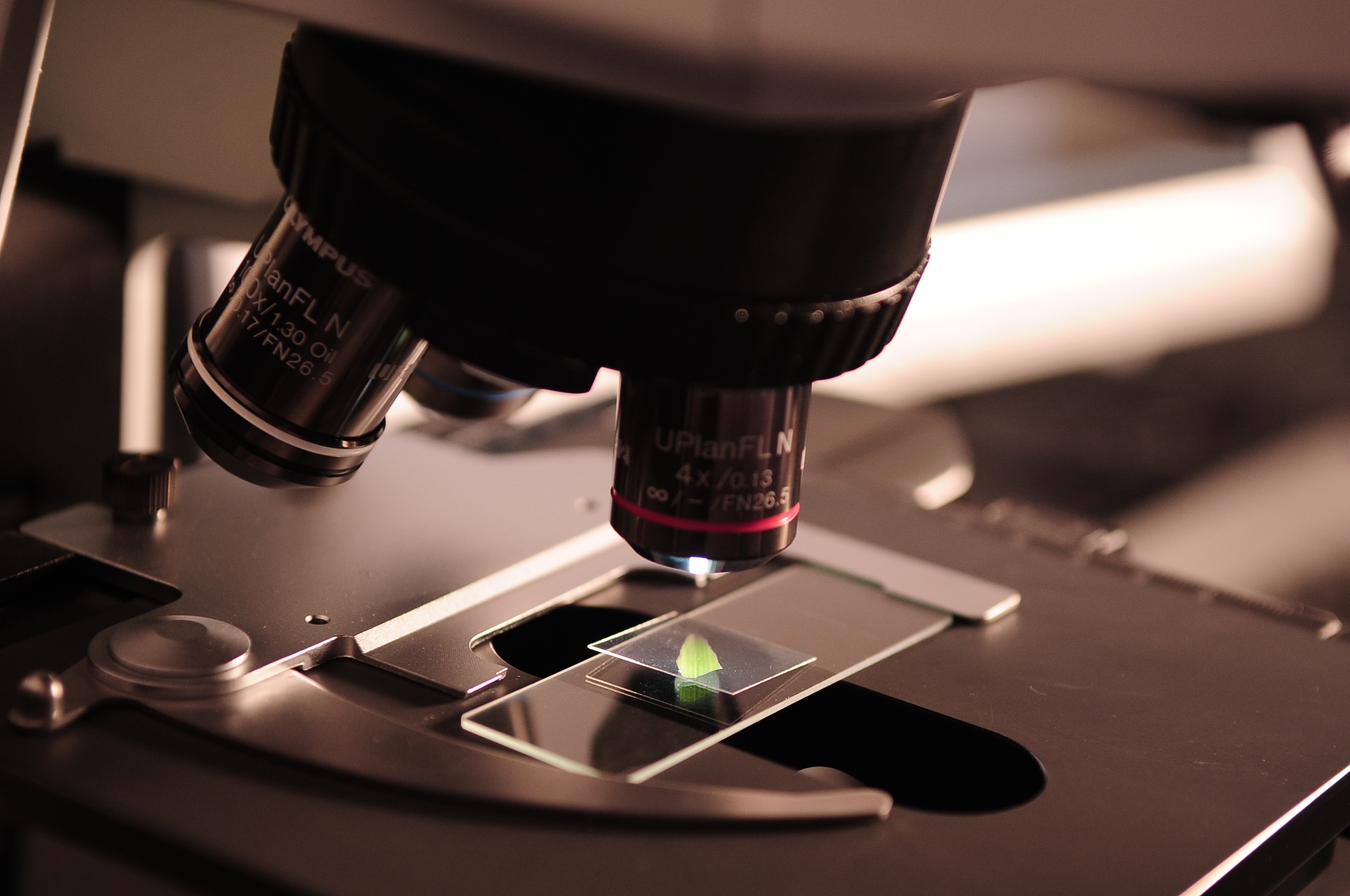
2010
John M. Cunningham, MD
Chief, Pediatric Hematology/Oncology, Professor & Vice-Chair for Research Pediatrics, University of Chicago
Characterization of the nuclear architecture of leukemia stem cells
Characterization of the nuclear of leukemia stem cells
With the support of the Cancer Research Foundation, University of Chicago researchers are pioneering a systems biology approach to decipher the genetic complexities of therapy-related acute myelogenous leukemia (t-AML).
This project builds upon recent and ongoing work as part of the Cancer Research Foundation-funded t-AML project. One main goal of the t-AML project is to identify the molecular circuitry that governs the production of healthy blood cells from hematopoietic stem cells (HSCs). This process involves the interaction of numerous transcription factors which form complex “gene regulatory networks.” Transcription factors are proteins that bind to genes and regulate their activation. The project will work to identify the molecular circuitry that regulates normal blood cell production, enabling the identification of gene regulatory networks that are deregulated in leukemic stem cells (LSCs). Ultimately, the goal is to work within the t-AML project infrastructure to design drugs to target these specific defects.
Studies pursued as a part of the first year of the Cancer Research Foundation-funded t-AML project suggest that regulation of HSCs is also dependent on nuclear architecture, i.e. the spatial organization of genes and other structures found within the nucleus of cells. Now, Dr. Cunningham’s laboratory is poised to determine whether t-AML stem cells have a unique nuclear architecture that contributes to the initiation and progression of leukemia as well as the resistance of LSCs to chemotherapy. The Fletcher Scholar Award will allow Dr. Cunningham to undertake this endeavor, which complements and extends the ongoing molecular studies of t-AML. It is within this spatial architecture of nuclear structures that gene regulatory networks operate.
Specifically, Dr. Cunningham will develop a map of gene regulatory regions found in both normal and leukemic stem cells. This work will be accomplished by analyzing the distribution and modification of histones, which bind to DNA and regulate gene activation. These gene regulatory regions represent targets for therapeutic intervention. In addition, Dr. Cunningham’s work will characterize specialized nuclear structures, called “transcription factories,” which coordinate and regulate the expression of multiple genes.
It is likely that these transcription factories are altered in leukemia, and that such alterations may result in chromosomal translocations and deletions, a hallmark of t-AML. Through these efforts, Dr. Cunningham hopes to be able to provide a comprehensive picture of the leukemic stem cell nucleus. The success of this project will provide insight into the biology of t-AML and enhance the team’s ability in analyzing complex gene regulatory networks that underpin t-AML, and facilitate the identification of new therapeutic targets.
Final Report
2010 Fletcher Scholar - Final Report
Interim Report
2010 Fletcher Scholar - Interim Report